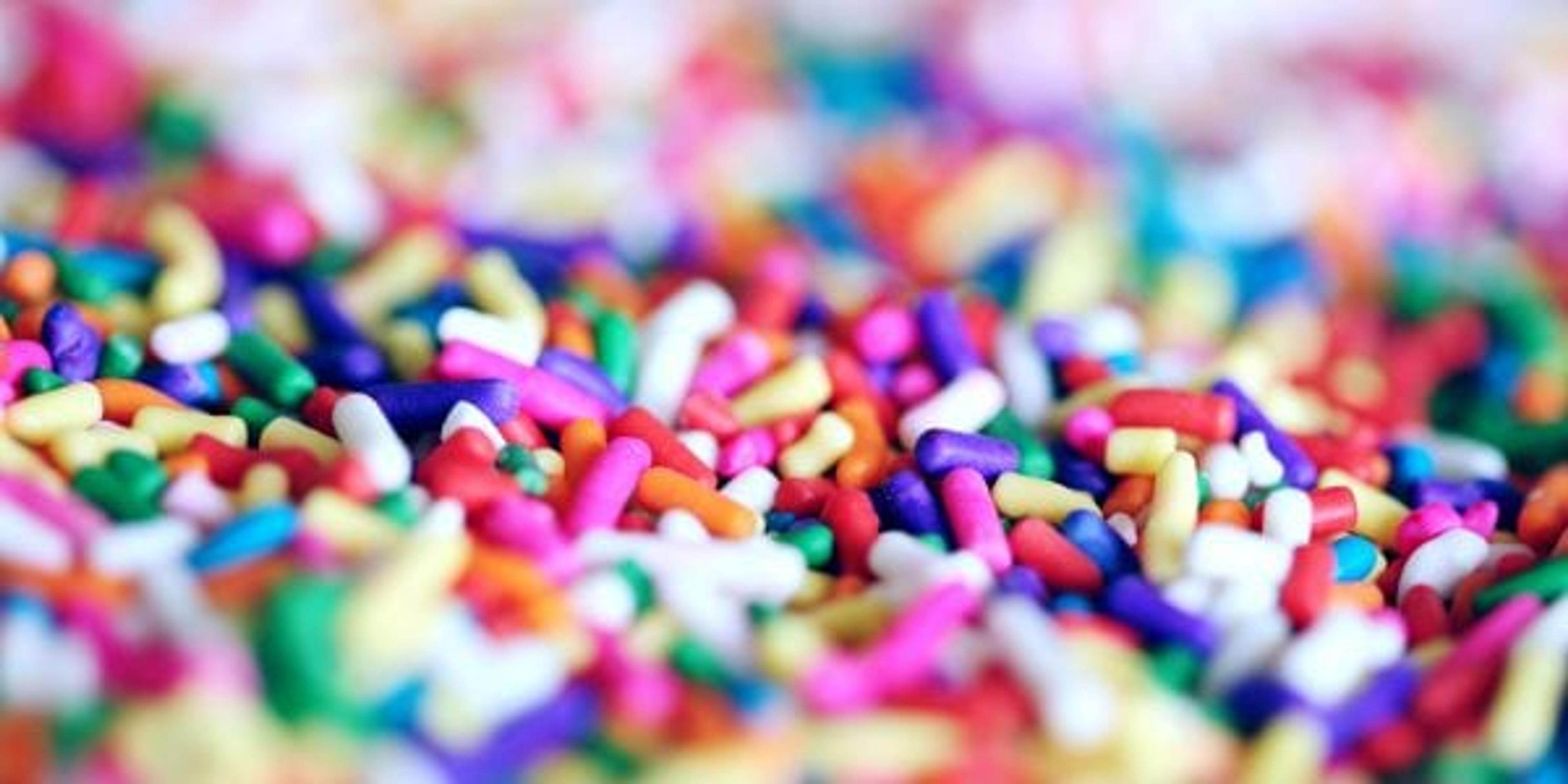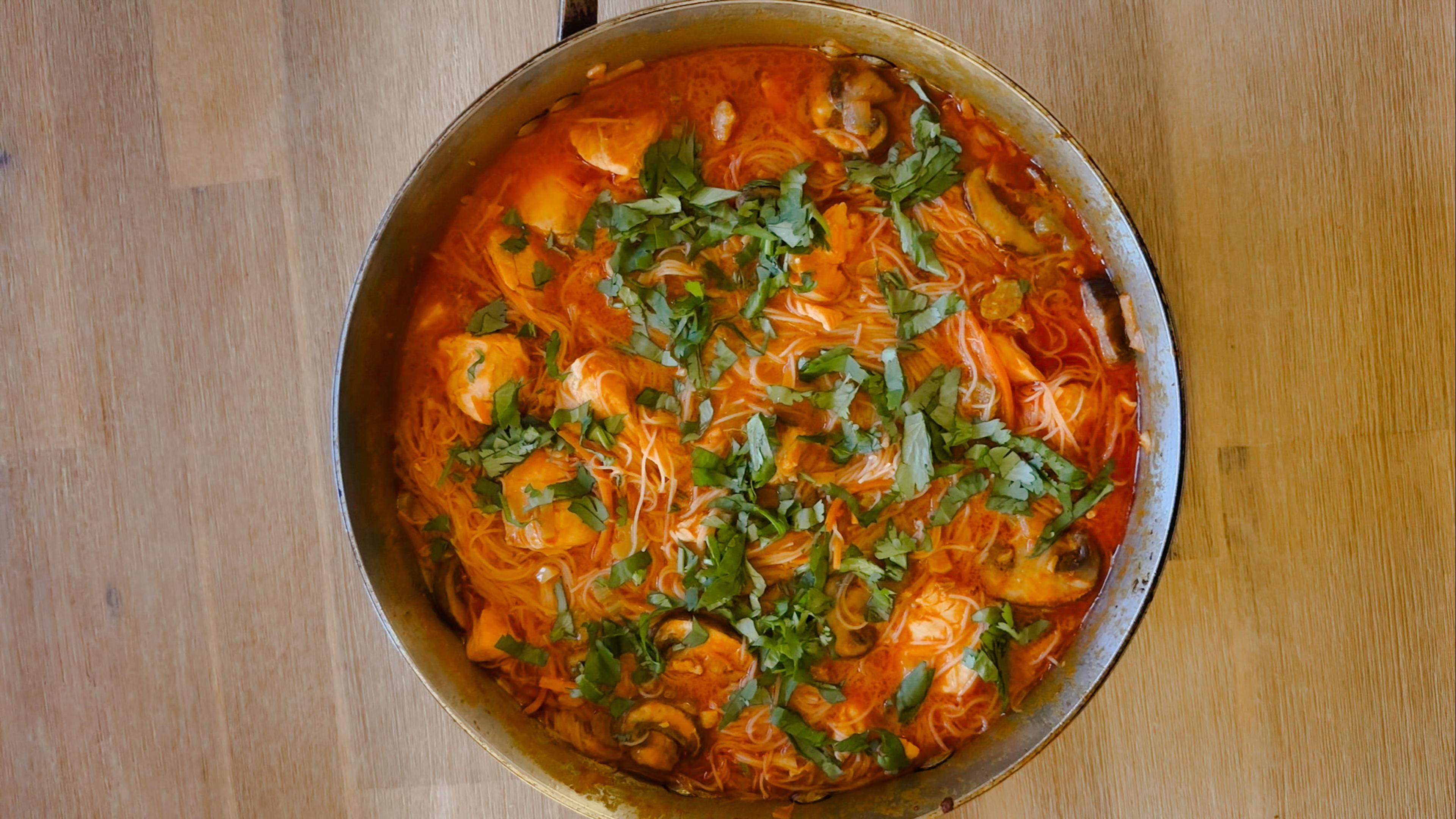Say Goodbye to Food Dye

Jillian Berndtson
| 2 min read

Colorful foods often add a fun element to traditional dishes. Valentine’s Day, St. Patrick’s Day, Halloween and other holidays usually mean specific-colored foods to suit the celebration. While it’s easy to sprinkle in some food dye to add to the festivities, you may want to think twice about what you’re really adding to your foods.
Among one of the biggest concerns is that some dyes, namely Red 40 and Yellow 5 and 6, are believed to be carcinogens. This is because they are made with benzene, a well-known carcinogen. Most other countries have banned benzene entirely due to the effects it has on the health of people who choose to consume it.
Most food dyes also contribute to tumor growths in various parts of the body. Blue, for example has been linked to growths of kidney tumors in rats while Red 40 causes immune system tumors.
Some studies have also found Red 40 to be linked to hyperactivity in children who had not been diagnosed with ADHD.
Yellow dyes cause a wide variety of health problems including asthma, chromosomal damage, insomnia, aggression, allergies, tumors and eczema.
While these are some new-found discoveries, studies have not concluded the long-term effects. What we do know is food dyes have zero health benefits. Their only purpose is to change or enhance the colors of various foods. Despite these dangers, the majority of processed foods use artificial food dye to color the various foods. The best way to avoid food dyes is to educate yourself on foods and companies that don’t use them or that use naturally-derived food dyes.
You can also make your own food dyes by using various produce you likely have in your own kitchen. For blue foods, use blueberries, for red or pink use strawberries, beets or cherries. For green, try herbs, spinach, kale or matcha. Some spices, such as paprika or turmeric will also color foods. While they may slightly change the flavor of your dish, not only will you be eliminating questionable chemicals from your diet, but you’ll be adding nutrients as well. Plus, you may end up liking your yogurt with a hint of fruit more than the synthetically dyed varieties.
Try to eat the (natural) rainbow while avoiding artificial dyes and chemicals.
What are your best alternatives to food dye? Share with us in the comments.
You may also enjoy:
Photo Credit: Sharon





